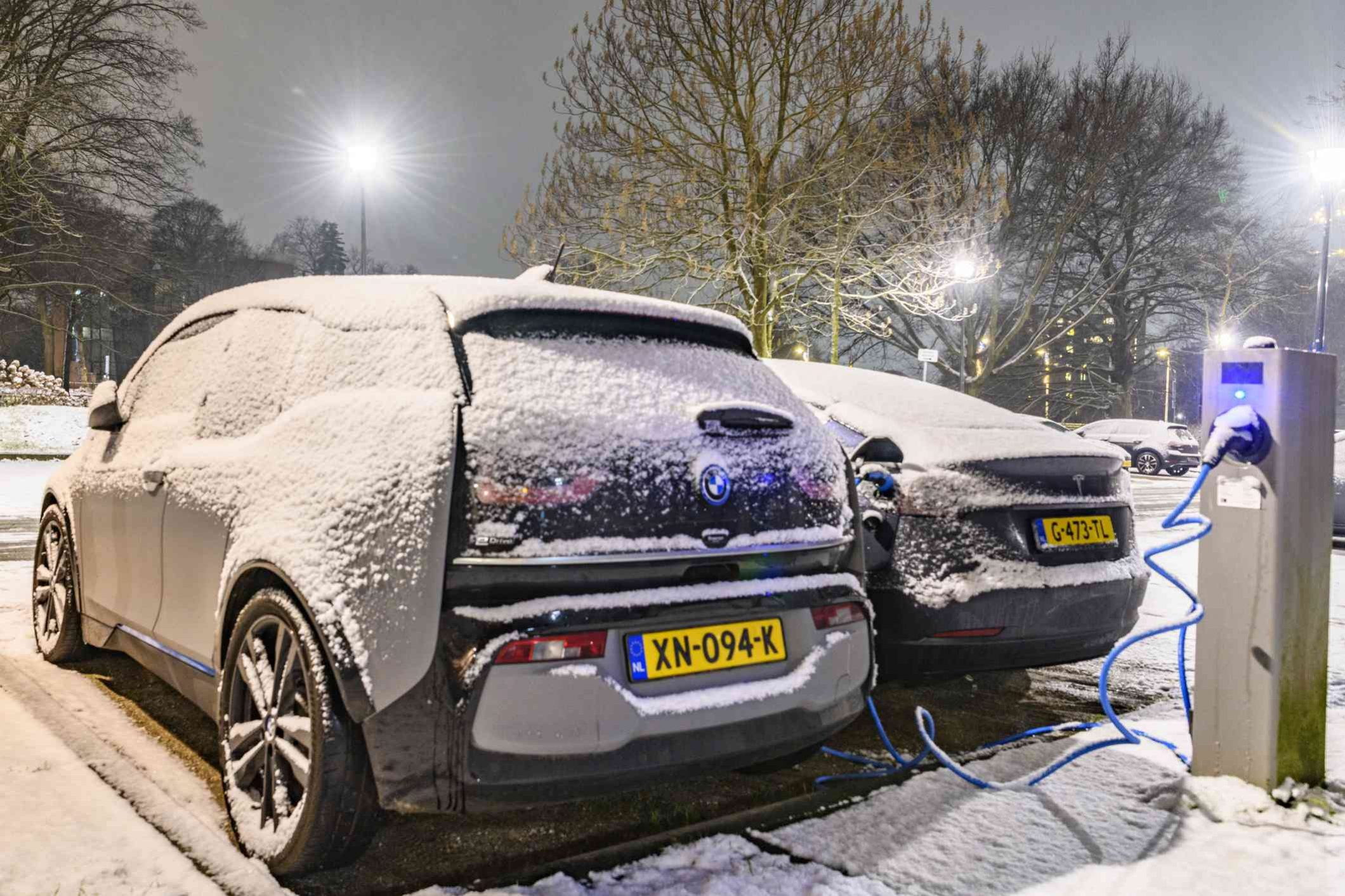When a winter arises and temperature drops gradually, there is always a concern of electric vehicle performance in mind. Though there have been a vast research over the year on this concern but as a vehicle owner, you always look at the performance of your vehicle and how your vehicle confronted with the colder weather.
But as an EV enthusiast and learner, we always check the affecting parameters and solutions for the problem.
Now, as the weather change is the concern then, how does weather affect the Electric Cars? For in case of cold weather, the charging time will increase because the cold temperatures impact the electrochemical reactions within the cell, and onboard battery management systems limit the charging rate to avoid damage to the battery. Thus, the charging time for the battery will increase.

Lower temperature also affects the battery chemistry which increases the charging time and decreases efficiency. Freezing weather drains your battery power by 30-60%. In addition to this there is need of cabin climate control which adds to battery drainage and not to mention but the road condition are much volatile in cold a condition which decreases efficiency.
Let’s discuss what happens actually in battery which results in high charging time in cold weather. In cold condition the fluid viscosity changes. As in lower temperature the chemical reactions slows down in a battery cell. Thus, the electrolyte fluid in Lithium ion batteries progresses slowly, decreasing both power output and the ability to charge quickly. But the important thing is that when the battery warms up, its efficiency increases for both the cases.
Though the primary focused is on the cold weather but we should take a note on the affects of warm weather too. The main change occurs in warm weather is that it reduces the charging rate results in high charging time and additional surrounding heat results in increase the discharge rate.
As per the recent report, EV’s can lose up to 40% of their driving range at 20 degree verses 77 degrees. A more recent study conducted in Norway, however, showed that the average cold weather range loss for 20 popular EVs was only about 18.5%. In recent car, the battery management system is constantly improved so as to overcome these challenges.
Now, how the Battery Management System helps concerning the weather changes? BMS systems have become more complex due to such areas of improvement to address the challenges. BMS can use few preventive measures to preserve an operating temperature. First, it limits the regenerative braking to maintain temperature. It also can limit the fast charging to protect the battery life span in low temperature. Thus, reduce the overheating of battery.

Researchers are consistently pushing the envelope, suggesting improvements to maximize cold-weather range. One such goal is a solid-state battery, which, without fluid to gel in cold weather, would be far hardier in low temperatures.
As fast as the technology in battery manufacturing and functioning is changing, there is increase in the performance and range of the vehicle in cold weather. But though the technology is changing with respect to vehicle manufacturing, the other challenge is to drive an Electric vehicle on winter roads. Electric cars experience the same potential dangers on winter roads, because EVs are offered in rear-wheel drive, front-wheel drive and all-wheel drive, consumers can purchase the vehicle that best suits their needs. In general, all-wheel drive provides the best traction, especially when paired with an EV’s dynamic power distribution to the wheels. Additionally, EVs are typically heavier, with a lower center of gravity (due to the battery weight).
In such condition, driver may use following tips for driving
- Warm up your battery
Whether you are charging or using your battery for operations of vehicle, the most efficient way is to charge the battery at appropriate operating temperature. Parking in a warm garage will certainly help to keep the optimum operating temperature. If you are using public fast charging, running your vehicle before plugging in will enable a safer, more effective charge.
- Pre-condition the vehicle
To optimize the driving range, allow your vehicle to reach at appropriate cabin temperature before plug in to the charging station. This will help in reducing the extra drainage of battery to maintain warm cabin temperature.

- Buy as per your need.
If you are a usual driver in snowy or cold region, select the vehicles as per the need while purchasing. Get the feedbacks from expert to know more about the selection of vehicle as per the purpose.
- Slow Down
Drive slow in such inclement weather is more efficient. As the EV uses much little energy to idle the vehicle, thus driving your vehicle at slower speed will help in increasing the range.
With the consistent improvements made to EVs, their cold-weather performance is no longer any cause for concern. They remain reliable, efficient and safe vehicles year-round, and any consumer can find the perfect EV to fit their cold-weather driving needs.




